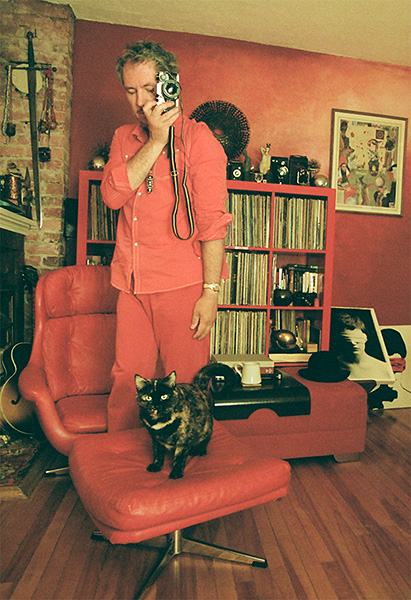Francis A. Willey is part indigenous and is proud of his Cree Ancestors on his mother's side and respects the history, languages, and cultures of the First Nations, Métis, Inuit, and all First Peoples of Canada, whose presence continues to enrich his practice.
Francis A. Willey acknowledges that he is located on the traditional territories of the people of the Treaty 7 region in Southern Alberta, which includes the Niitsitapi (inclusive of the Siksika, Piikani, and Kainai First Nations), the Tsuut’ina First Nation, and the Iyarhe Nakoda (including the Chiniki, Bearspaw, and Wesley First Nations). The City of Calgary is also home to the Métis Nation of Alberta, Region III.
Francis A. Willey Canadian (Born, July 21st, 1969) Self-taught, 35mm film photographer. He is deeply fascinated by fabric and historical textiles and is a collector of rare books and antiquities. He writes poetry and also enjoys composing music on the piano in his spare time. All his images are created in-camera without post-production. He has been referred to as a portraitist or a neo-pictorialist in his photographic pursuits by the academic art world. He searches for depth in storytelling, continuity, and mystery to the narrative, and spirit of each individual, he has the pleasure of photographing.
He received his first KODAK camera when he was 12 years old from his mother June. The first frame ever captured with the aperture of his camera was a portrait of his mother.
He believes that a deeper, more compassionate culture can be created through the arts. As an outsider artist, he has always been questing for and seeking refuge in a higher beauty.
Francis composes on the piano and also writes songs and poetry, creates collages, and draws from life's observations. His school was the value of nature and dreams, people, intuition, that one develops by sharing empathy.
